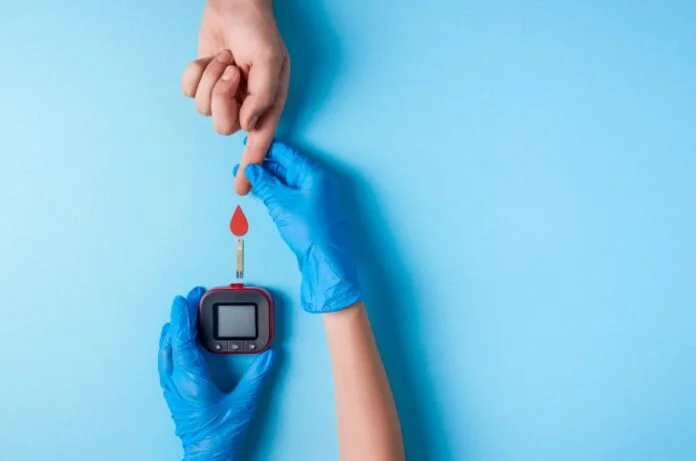Where diabetes affects multiple organs of the body, it affects the largest organ a.k.a. the skin as well. Skin changes are one of the most common signs of diabetes. Know that when diabetes affects your skin, your blood sugar levels are too high across the charts. Having high blood sugar levels affects nerves and blood vessels which can affect the skin in various ways. The best dermatologist in Islamabad listed some ways diabetes affects our skin and tips to keep them managed. Let’s have a closer look.
Diabetes And Skin Conditions
Here are a few skin conditions that can occur in diabetic people over time.
Acanthosis Nigricans – patches of dark velvety skin can appear on the creases of the body such as the neck, armpits, or groin area.
Diabetic dermopathy – the appearance of red or brown round patches or lines in the skin also called skin spots may appear. These may turn into bumps if they worsen. It can cause itching and can be painful in some instances.
Bacterial infections – Bacteria thrive where there is more sugar. People who are diabetic are more prone to bacterial infections than those who are not. These infections cause the tissues to become inflamed and swollen.
Dry, itchy skin – Poor circulation as a result of diabetes leads to dry, itchy skin.
Tips To Keep Your Skin Calm And Happy
Here are some ways to be extra kind to your skin when diabetes is harsh enough on it. Listen to your body so you can work better towards keeping it healthy.
Keep skin hydrated
As diabetes can dry up your skin, ensure that your hydration game is on point. This involves drinking adequate amounts of water per day as well as using the right moisturizers and moisturizing body washes. Refrain from taking very hot showers as it can further dry up the skin. A good body cream or lotion should be at hand all the time.
Avoiding humidity
The more moisture collects on the skin folds and creases, the more chances of Acanthosis nigricans can occur. It is better to wear loose, cotton clothing so that areas such as the groin, underarms, and insides of the elbows remain moisture-free and sweat-free. Fungal infections can be prevented this way as well.
Make sure that after you take a shower, you dry off thoroughly. Do not miss any cracks and crevices so that skin maceration does not occur. A dry clean towel to pat yourself down everywhere is the way to go.
Do not scratch
Diabetic people have dry and itchy skin which they tend to scratch. It is necessary that you do not scratch your skin. Scratching strips away the upper skin layer, leading to problems such as eczema and dermatitis. In case you break your skin, exposure to any bacteria or harmful microbe in case of unclean hands and nails can lead to an infection.
Treating wounds on priority
You must be aware of the fact that wounds do not heal well in diabetic people. So if you find a nick, or scratch, or cut, treat it on priority. It is better not to neglect it and consult a healthcare provider as soon as possible.
Cover up
As people who have high sugar levels are more prone to skin damage and wounds, it is better to cover that skin up nicely to prevent further damage. This may be the first line of defense against any infections that can occur. Keep your legs and feet covered especially while doing any outdoor activity such as walking or gardening. If you live in a place with a colder climate, use warmer clothes to provide a shield on your ears, face, and nose as well.
Using SPF daily
The sun can cause the greatest damage to your skin. It is necessary to use a good sunscreen as per your skin type to cover every exposed part of the body while going out during the day.
Avoid chapped lips
Using a good lip balm will help keep those lips moisturized and free of cracks as it is the part of the body constantly in contact with food and drinks and other objects such as masks etc.
First-aid kit
A first-aid kit containing gauze, antibacterial ointments, wipes, and paper tapes must be handy in case of any wounds obtained on the hands and feet. Normally small wounds and cuts are not treated, but diabetic people need to keep these in check.
Massage
A full body massage, especially of the scalp and feet will help get your circulation better. This can also help with diabetic neuropathy and enhanced muscle flexibility.
Conclusion
In the end it is necessary that you keep your glucose levels in check. Regular monitoring and follow-ups with your healthcare provider will help you manage your symptoms and condition much better. Keeping sugar in range will have a very positive effect on your skin.

